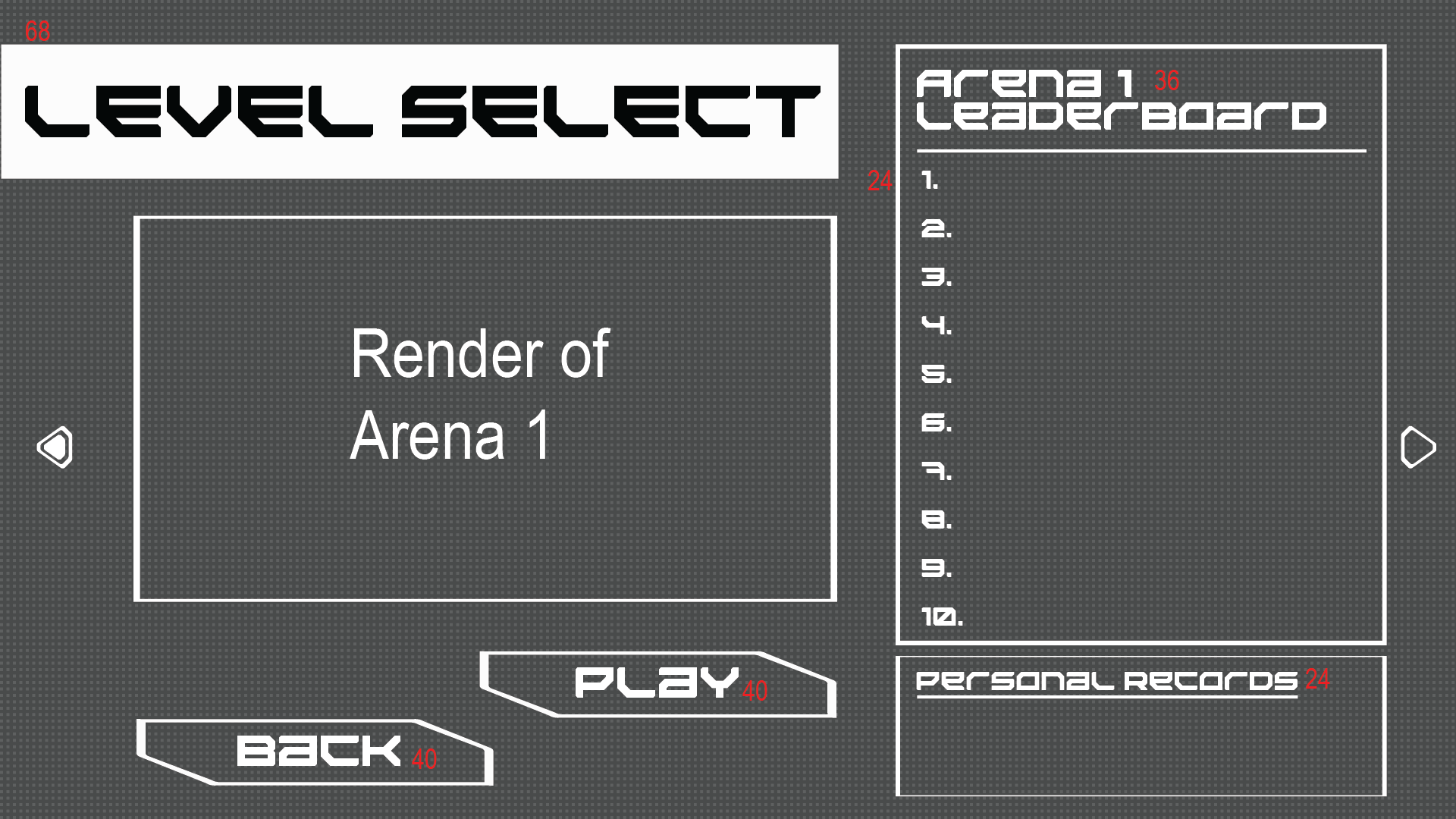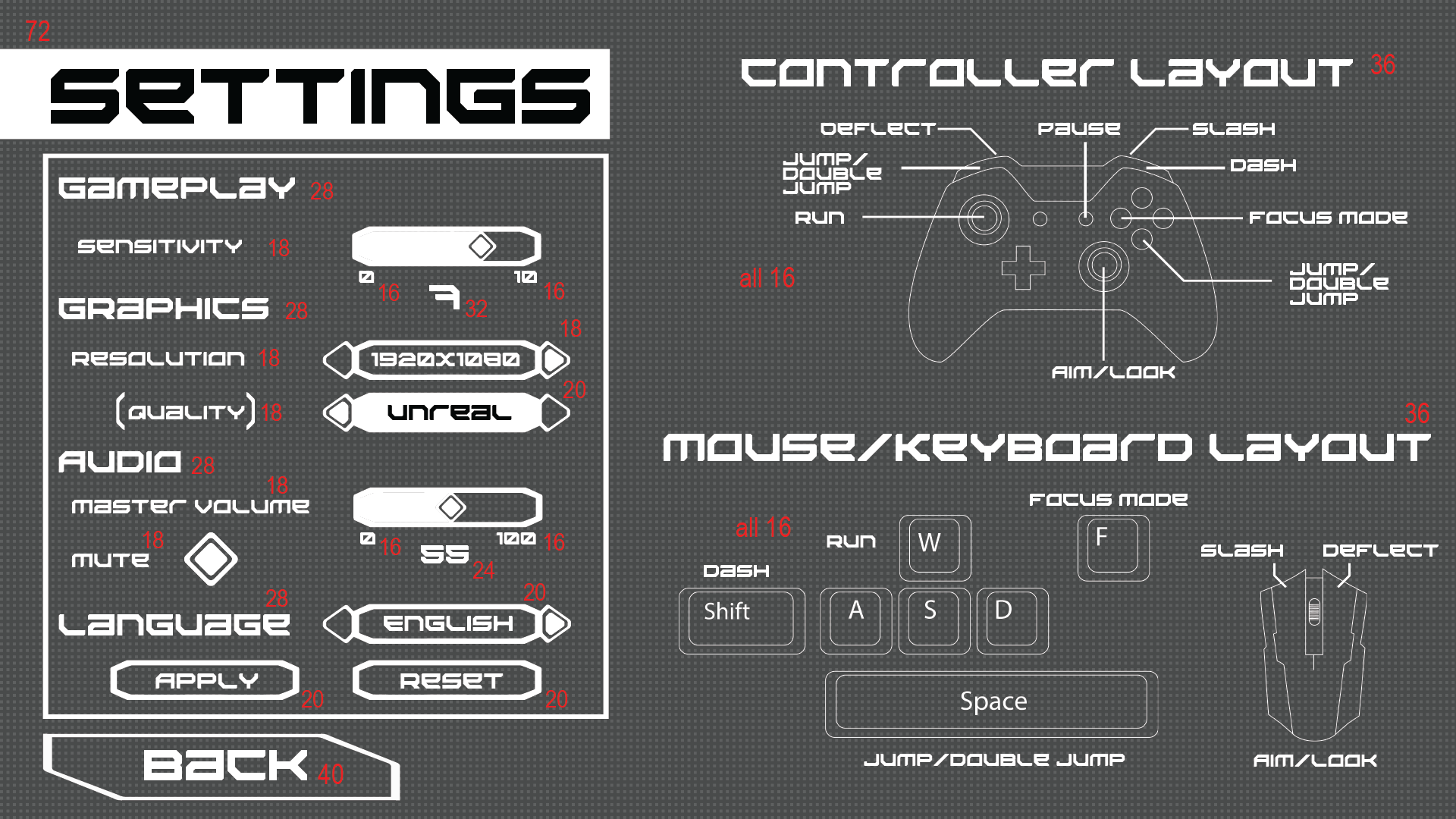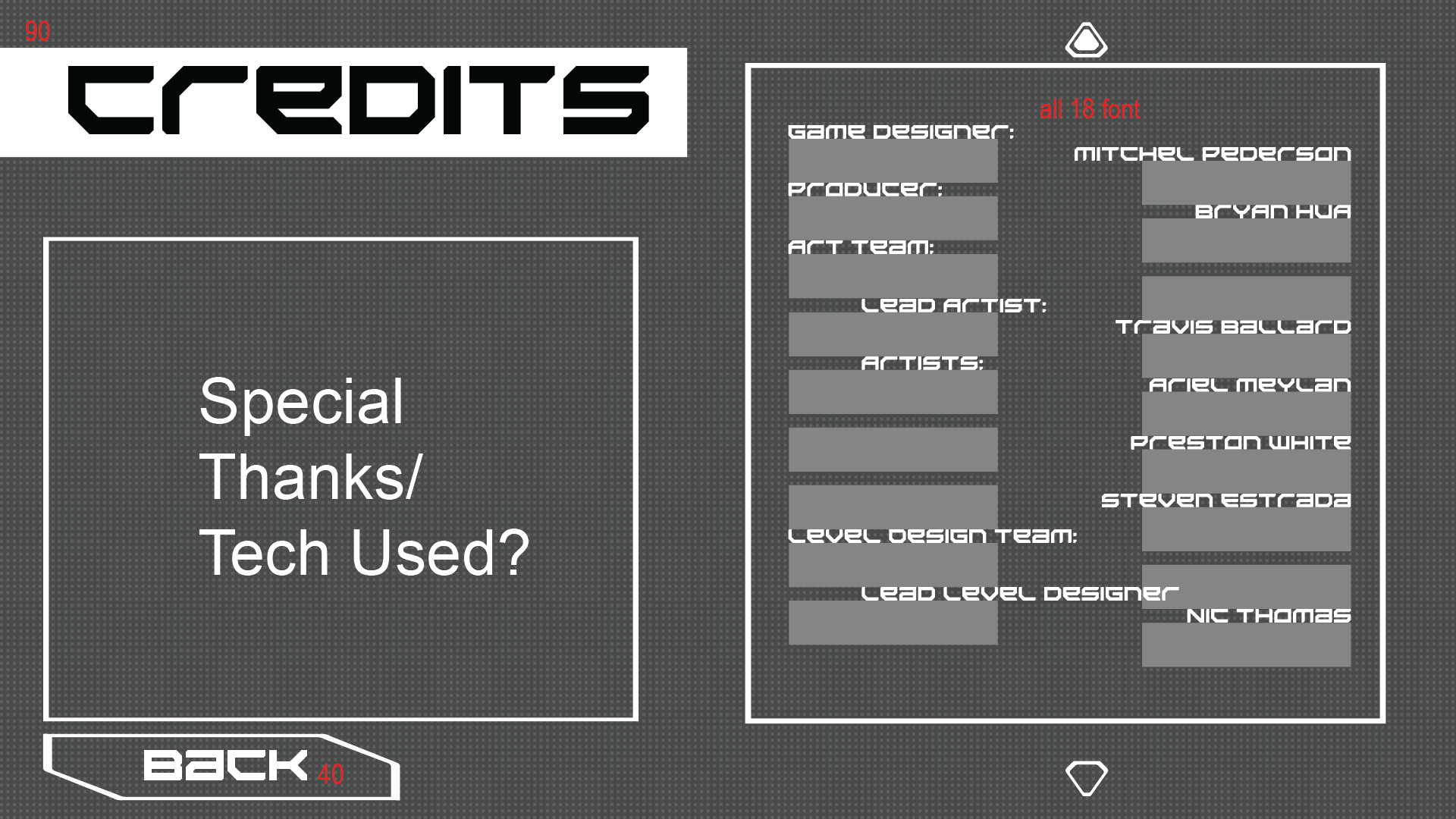GAMEPLAY TRAILER
GAME SYNOPSIS
Cyberdrome is a fast-paced, first-person cyberpunk action game where you use a high-tech sword to compete in deadly arena combat against waves of drones. The player’s utmost priority is to stay alive in this gauntlet of enemies, but also is challenged to compete for a place on the leaderboard by chaining together combos to kill enemies in the most interesting yet efficient way possible. Cyberdrome exhibits 3 different arenas that test the players movement ability in fun and sometimes unexpected ways.
It was created over the span of 5 months from August to December with a team of 15 developers (1 producer, 1 game designer, 4 artists, 5 level designers, and 4 programmers). We worked on the game 3 hours a day, 5 days a week, using agile and scrum practices with 2 week long sprints. Cyberdrome was developed in Unreal Engine 4, and launched on Steam in January of 2019 as a free to play game with very positive results!
INDIVIDUAL WORK - CHARACTER
Serving as the Character Artist for Cyberdrome, I began early on with concept and reference sheets for how the player character and enemies would look. I started in heavily with 3D sketching the character’s arms during our first playable sprint, and following that sprint, the task was delegated to another artist so I could focus on enemies. I managed to complete these 3D blockouts of the arms with call outs to specific functions the arms could have.
INDIVIDUAL WORK - ENEMIES
The enemies quickly became a huge priority for our game when we switched from a story driven game to an arena, wave-based combat game. We originally had plans for a light, medium, and heavy set of enemies designed after Japanese mythological creatures (Kappa, Kitsune, and Oni). The Oni and Kitsune enemies were cut during our alpha sprint leaving only the Kappa design. This required large amounts of iteration on the Kappa enemy to make multiple enemy types look visually distinct, of which I was responsible for.
INDIVIDUAL WORK - UI
Following completion of deadlines for the enemies, my tasks for Lead UI artist were intermingled between. With close collaboration between the game designer, lead artist, lead programmer, and other programmers, I designed, created, partially implemented, wrote UI rule sets, and reviewed quality assurance. To help programmers with implementation, I created templates with font sizes, and provided every graphic separately rendered as white to allow for rapid iteration in engine. Working in UMG, I helped position UI to match the templates as closely as possible.


































